PROTETICS
Dental prosthetics is a branch of dentistry which deals with the reconstruction of lost tooth tissues with the use of constructions such as onlays, inlays, veneers, crowns and bridges, removable partial and complete restorations, and implants.
We place high functional and aesthetic demands on our prosthetic work, and the satisfaction of our patients inspires us to improve our methods of work. Understanding and taking into account personal aesthetic and functional expectations is our motto. This is why we attach great importance to the diagnostic phase. It is the most creative and interactive part of the whole treatment. The dentist takes photographs and determines the aesthetic image of the patient, while diagnostic temporary restorations allow visualisation of the future treatment effect.
Thanks to experienced specialists, we are able to restore proper chewing function and a beautiful and full smile.
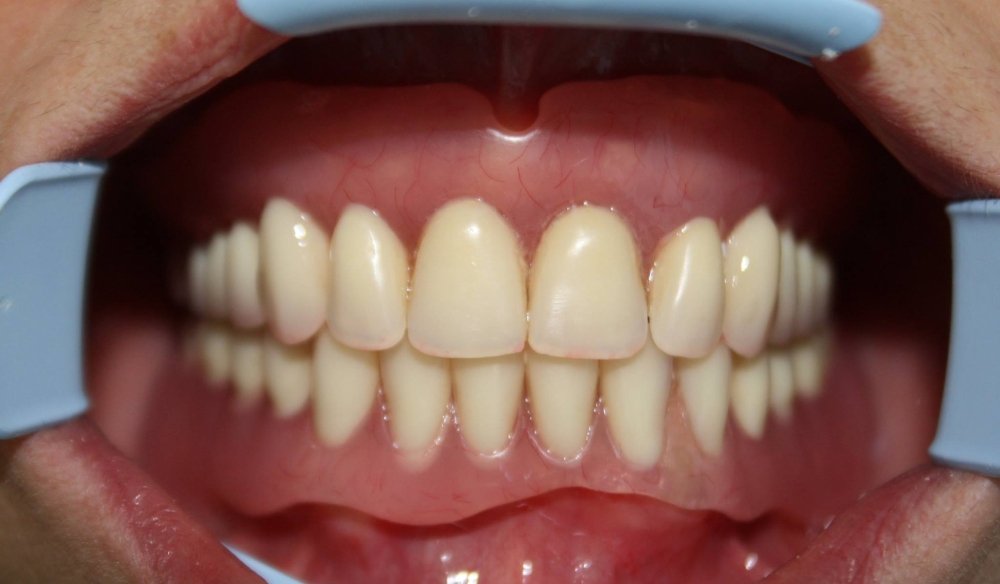
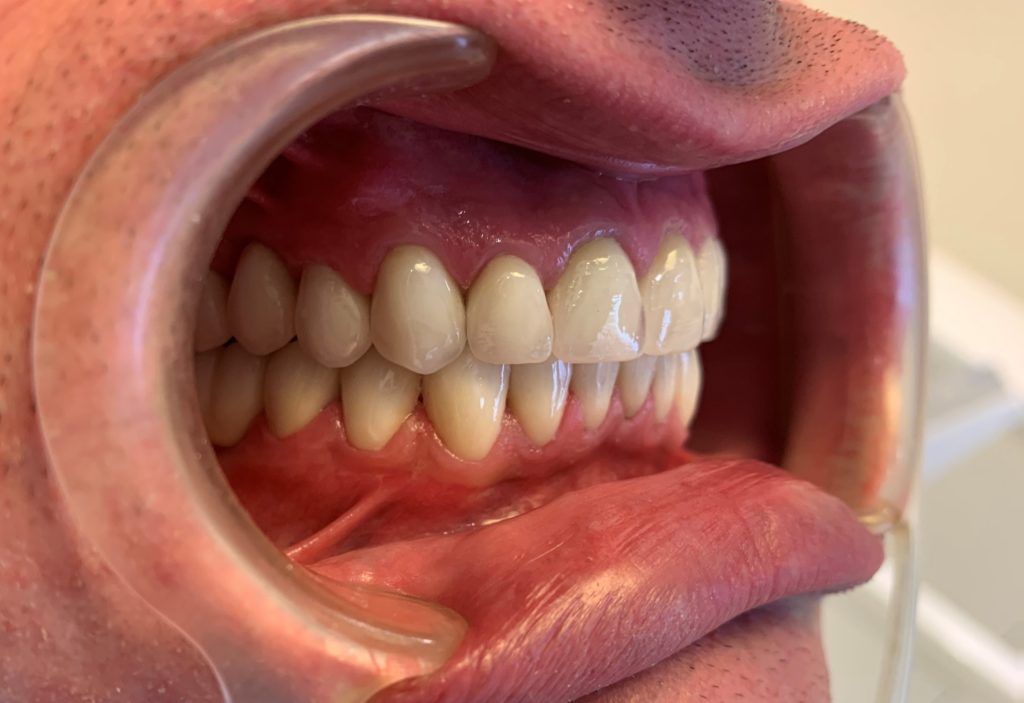
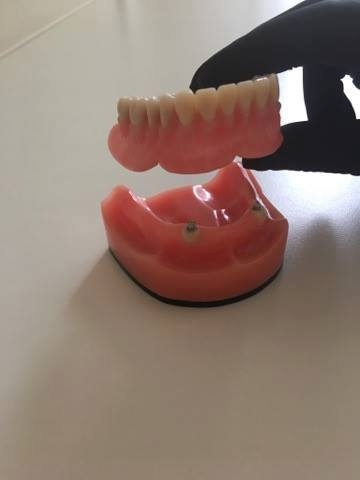
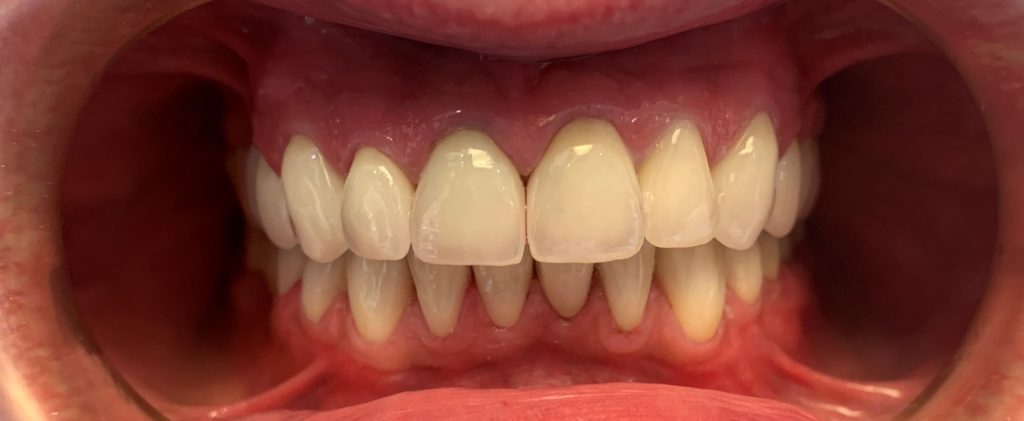
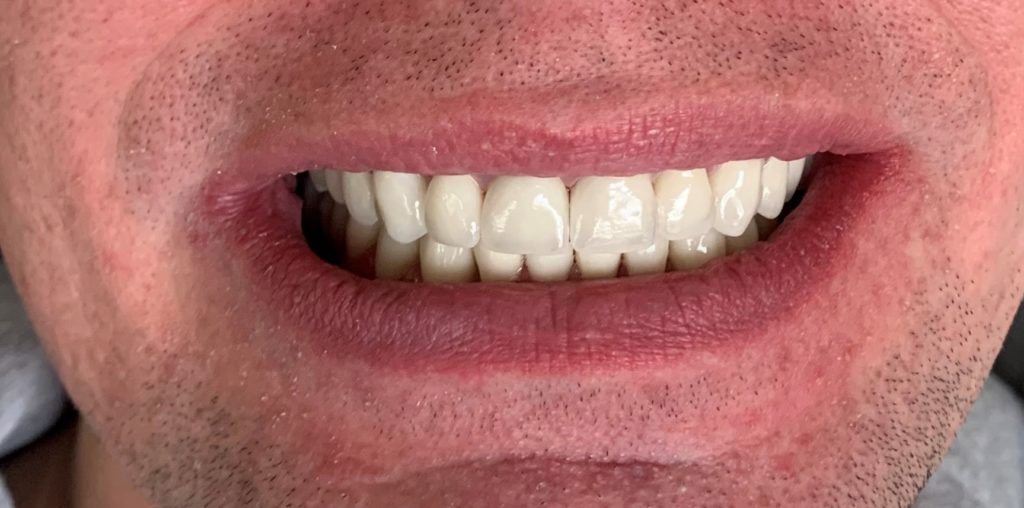
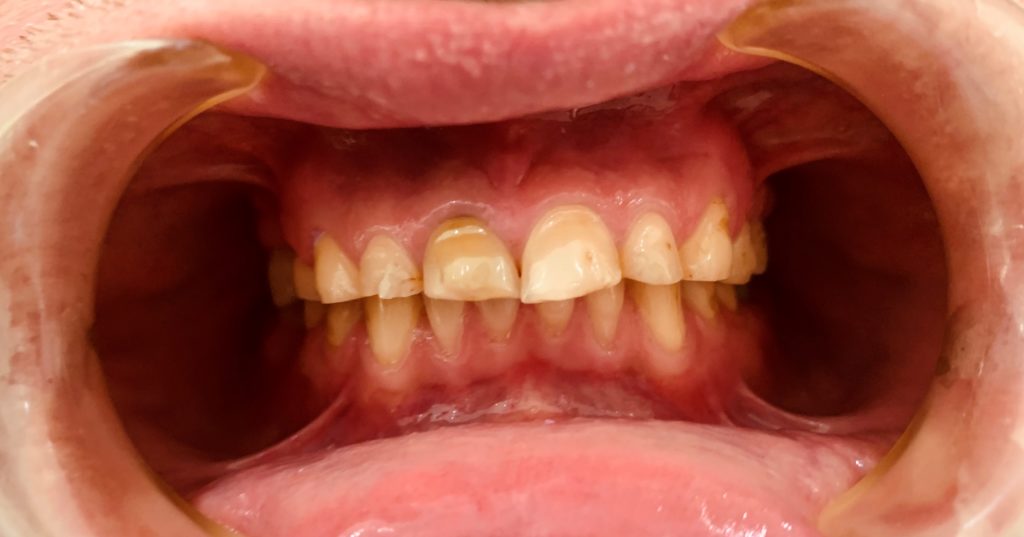
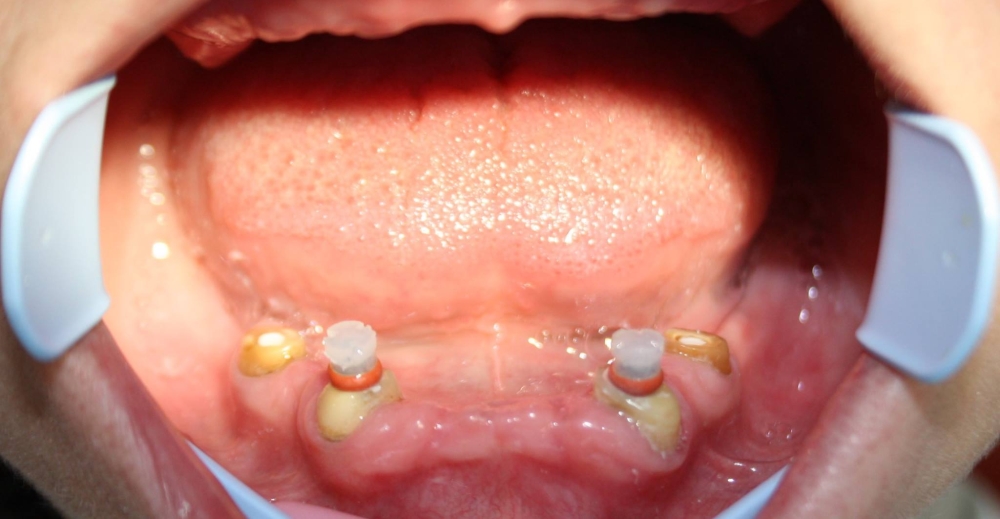
![Protetyka - Zatrzaski zamontowane w korzeniach dolnych zębów [:de]Zatrzaski zamontowane w korzeniach dolnych zębów[:en]Zatrzaski zamontowane w korzeniach dolnych zębów](https://starsdent.pl/wp-content/uploads/2017/04/impl1_3.jpg?x68944)
Offer
Dear Senior! Do you have the last few teeth in your maxilla or mandible? You cannot chew well and the removable partial dentures that the national fund offers you are becoming your bane? Remember that you can get a covering denture that will save your last teeth and, what’s more, make them full retentive elements. You won’t be worried that while eating, laughing or sneezing you will have to hold them with muscle power and risk great discomfort especially in company.
We offer a wide range of partial or complete dentures covering on different types of retaining elements: intra- and extra-root clasps, bolts, magnets and telescopic crowns.
Properly designed dentures on clasps will allow you to achieve chewing comfort, have a positive effect on the aesthetics of your appearance and improve the quality of your life.
Crown
A crown is a permanent prosthetic restoration which covers a patient’s own tooth damaged in various ways (broken, shapeless, discoloured). Properly made and integrated into the dental arch, the crown does not differ from the patient’s own tooth and faithfully reproduces its function in the bite.
Depending on the material used for its fabrication we distinguish between:
– acrylic crowns (usually temporary),
– composite, crowns on steel faced with porcelain,
– zirconium crowns faced with porcelain
– crowns entirely made of porcelain.
Bridge
A bridge is a prosthetic construction permanently fixed in the oral cavity. It is made when we want to replace one or several missing teeth. The pillars for the bridge are the natural teeth adjacent to the gap. The pillars must be functionally efficient in order to support the inserted missing tooth, i.e. the bridge span.
Depending on the type of material used to make a bridge, they can be divided into acrylic bridges (usually temporary), steel bridges faced with porcelain, zirconium bridges faced with porcelain, all-porcelain bridges, or bridges made of composite materials usually reinforced with glass fibres.
If there are any medical contraindications or financial obstacles to implant crowns, a traditional bridge is the most comfortable prosthetic restoration. It takes up no more space than your own teeth did before. Getting used to it is quick and easy. The riveting of the teeth has a beneficial effect on their stabilisation.
However, in contrast to implant-supported restorations, bridges often require the grinding of healthy primary teeth. In addition, the bridge span suspended on the pillars is in contact with the mucous membrane of the edentulous process and requires special care. If another tooth is lost, this restoration cannot be extended.
Implantoprosthetics is that part of implant treatment which brings a smile to the patient’s lips in both literal and figurative sense. After several months of treatment the prosthetics specialist finally places crowns, bridges or removable dentures on the surgical implants implanted in the bone. In the place left by missing teeth, new teeth grow like mushrooms after rain. The effect is spectacular, although the road is long and not without obstacles.
Dear Senior! Do you have the last few teeth in your jaw or mandible? You cannot chew properly and removable partial dentures, which the national fund proposes to make, become your bane? Remember that you can get a covering denture that will save your last teeth and, what’s more, make them full retentive elements. You won’t be worried that while eating, laughing or sneezing you will have to hold them with muscle power and risk great discomfort especially in company. We offer a wide range of partial or complete dentures covering on different types of retaining elements: intra- and extra-root clasps, bolts, magnets and telescopic crowns. Properly designed dentures on clasps will allow you to achieve chewing comfort, have a positive effect on the aesthetics of your appearance and improve the quality of your life.
Crown-root inlay
It is a prosthetic restoration used in the case of partial or complete damage to the crown part of a tooth treated with a root canal. It allows the broken tooth to be strengthened and reconstructed with a filling, prosthetic crown or bridge.
We distinguish between standard and individual crown-root inlays.
Standard crown-root inlays – prefabricated inlays made of steel, titanium or fibreglass. These inlays are cemented in the root space prepared with specially calibrated drills.
Individual root-crown inlays – require taking an impression of the space for the inlay prepared in the root of a broken tooth. Thanks to this, it is possible to obtain any shape of the inlay, specified by the dentist. Individual inlays give the possibility to rebuild a tooth in exceptionally difficult situations, e.g. when the fracture line of a root runs below the gum level.
What is a root-canal post?
Teeth that have undergone root canal treatment usually have a significantly damaged structure and are therefore much more vulnerable to fracture than living teeth. In order to prevent this, they should be strengthened with a crown-root inlay. It is an element which is anchored in the root of the tooth and rebuilds its supragingival part. Such a reconstruction may be performed in a conservative manner with the use of a fibreglass inlay and composite material or, if we only have the roots of a tooth with a completely In the case of damaged supragingival area we can make a metal inlay, individually prepared for each patient, which is then covered with a prosthetic crown, faithfully reproducing the shape, colour and function of a natural tooth. For this type of reconstruction to be possible, a prerequisite is a properly conducted root canal treatment, preferably using a microscope, and the absence of inflammatory changes in the bone. The doctor always decides about the possibility of such a reconstruction after a thorough examination of the patient and after radiological diagnostics.
Onlay, inlay, overlay
Cosmetic fillings in the crown of a tooth, which are used in the case of large carious defects. These restorations are an alternative to fillings made with the traditional method. Crown inlays precisely recreate tangent points and perfectly imitate the anatomical shape of the occlusal surface. After the cavity in the crown part of the tooth has been prepared, impressions are taken, and then the prosthetic laboratory prepares a crown inlay perfectly fitting the cavity. Usually such restorations are made of light-cured composite.
When onlays, inlays or overlays are used, the distribution of forces directed at a given tooth is more physiological, thanks to which the risk of fracture of the crown part is significantly lower.
There are 3 types of inlays depending on the size of the prosthetic work. If the defects of the crown part concern the chewing surface without the involvement of cusps, an inlay-type filling is used. In the case of cusp reconstruction, an onlay is used. If the damage to the tooth is extensive and only the walls of the tooth without the chewing surface remain healthy – an overlay.
PROTETICS | |
Full immediate denture (top or bottom) | 850 zł |
Full denture (upper or lower) | 2000 zł |
Semi-settling denture | 900 zł |
Magnetic prosthetic attachments | 1 200 zł |
Flexi-post overdenture attachments | 800 zł |
Rhein/83 prosthetic attachments | 800 zł |
Skeletal denture | 1 700 zł |
Denture on percutaneous attachments | 3000 – 4000 zł |
Denture padding in the office | 200 zł |
Denture fabrication in the lab | 400 zł |
Denture repair (1 point) | 250 zł |
Additional payment for strengthening elements (mesh, cast arch) | 200 zł |
Correction of a denture made in another office | 80 zł |
Disinoprosthesis | 1900 zł |
Soft relaxation splint | 400 zł |
Hard relaxation splint | 500 zł |
Koisa splint | 550 zł |
Koisa deprogrammer | 550 zł |
Michigan splint | 700 zł |
Adjustment of the occlusal plate | 150 zł |
Porcelain inlay | 1200 zł |
Cast crown and root inlay | 650 zł |
Glass fibre root-crown inlay with composite crown restoration | 700 zł |
Protemp crown | 100 zł |
Porcelain crown on steel | 1200 zł |
Temporary acrylic crown | 250 zł |
Temporary acrylic crown in the lab | 250 zł |
Composite crown (single or in a bridge) | 600 zł |
Zirconia all-ceramic crown | 1700 zł |
Steel-steel telescopic crown | 500 zł |
Telescopic steel-galvanium crown | 1000 zł |
Telescopic crown Au-galvan | 1500 zł |
Telescopic galvanium-galvanium crown | 2000 zł |
Crown milling (extra charge) | 200 zł |
Composite veneer | 550 zł |
Porcelain veneer | 1500 zł |
Acrylic overlay | 150 zł |
Glass support | 1000 zł |
Removal of cemented inlay | 100 – 200 zł |
Cementation or removal of a bridge or crown | 100 – 200 zł |
Cementation of a crown from another surgery | 100 zł |
Wax up (per 1 tooth) | 90 zł |
Wax up (both arches) | 1000 zł |
Treatment visualization for one arch (splints, acrylics) | – |




